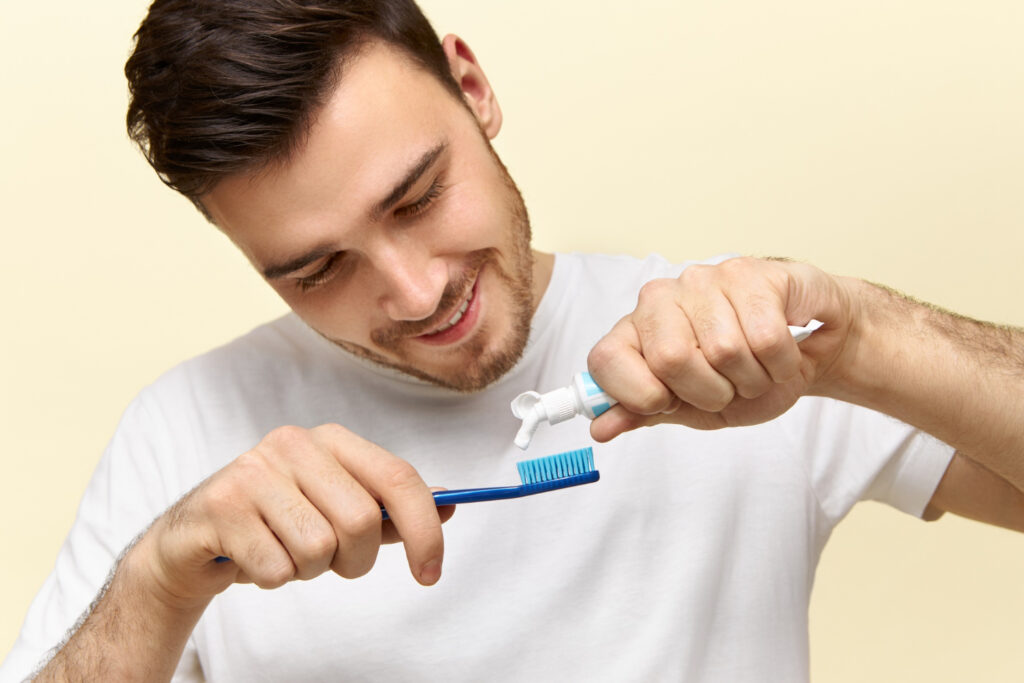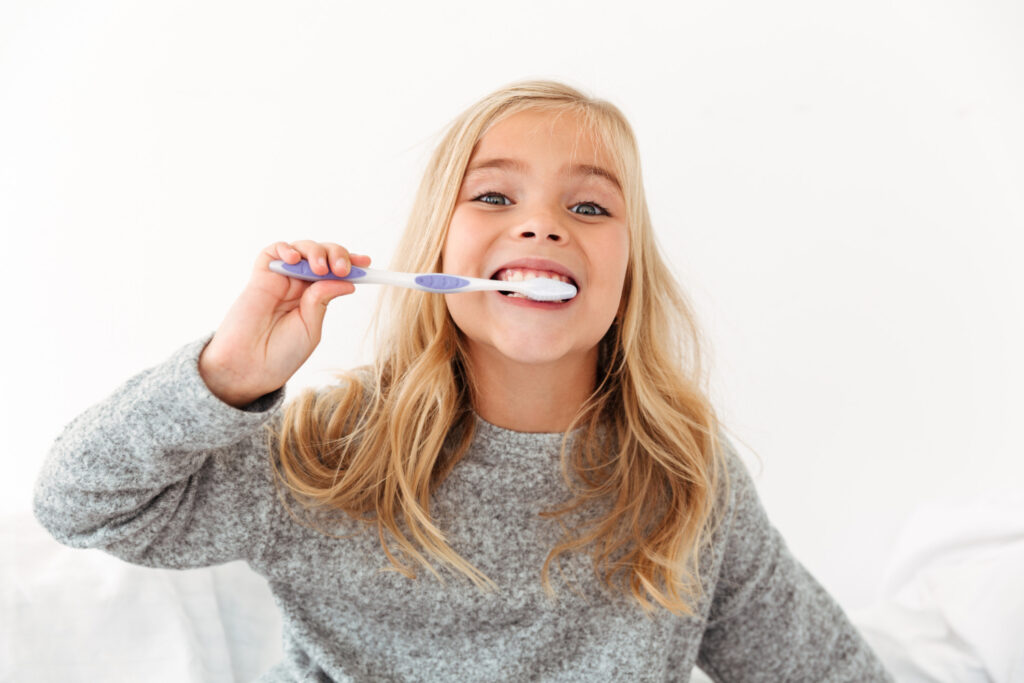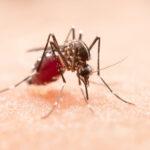
Fast Facts
A pea-sized amount of toothpaste is sufficient for adults
Children should use no more than a smear of toothpaste
Using too much fluoride toothpaste can cause dental fluorosis in children
Adults may experience nausea from swallowing too much fluoride
Brush for two minutes to effectively clean teeth and prevent cavities
Toothbrush and toothpaste commercials often display a generous swish of toothpaste covering the bristles, but how much do you really need? The truth is, only a pea-sized amount of toothpaste is necessary. For young children, even less is recommended—about a smear of toothpaste.
Using too much toothpaste can be problematic, especially for children. Ingesting excessive fluoride may lead to dental fluorosis, causing discoloration and pits in developing teeth. Adults might experience nausea and vomiting if they consume too much fluoride.
It’s not always better to use a lot of toothpaste, but it’s crucial to use enough to brush your teeth effectively for two minutes. Insufficient brushing can increase the risk of cavities and tooth decay. Read on to learn more about the appropriate amount of toothpaste and how to maintain oral health.
How Much Toothpaste Do You Need To Brush Your Teeth?
You might see toothpaste ads showing a full coverage of toothpaste on the bristles, but in reality, you only need a pea-sized amount. This recommendation is often written on toothpaste packaging. For children, even less is needed.
Adults
For adults, it’s important to use enough toothpaste to last the two minutes recommended by the American Dental Association (ADA). The advised amount is about the size of a pea on a soft-bristle or electric toothbrush.
Children

Children should use fluoride toothpaste, but in safe quantities. Experts recommend no more than a smear of toothpaste for young children. This helps prevent them from swallowing large amounts of fluoride, which isn’t meant to be ingested.
Using more than a pea-sized amount of toothpaste is particularly risky for children who haven’t developed adult teeth yet. Ingesting large amounts of fluoride can cause dental fluorosis, resulting in cosmetic issues ranging from mild discoloration to yellow and brown stains and obvious pits in the teeth.
What Happens if You Use Too Much or Too Little?
Using too much toothpaste can lead to swallowing it, which should be avoided. Swallowing small amounts of toothpaste is generally safe, but ingesting too much fluoride can cause nausea and vomiting.
On the other hand, using too little toothpaste can be just as problematic for adults. Not using enough toothpaste doesn’t produce enough bubbles to clean your teeth effectively, and your teeth won’t get the full protective benefits of fluoride. Research indicates that the right concentration of fluoride toothpaste—not too much and not too little—prevents cavities, while toothpaste with negligible levels of fluoride does not.
Always spit out excess toothpaste and avoid rinsing your mouth with water after brushing. This allows the fluoride in the toothpaste to act on your teeth longer.
How To Choose the Right Toothpaste
There are various types of toothpaste, generally containing the same basic ingredients but with additives for different purposes. Your choice of toothpaste should depend on your oral health goals:
- Plaque Control: Certain toothpastes protect against plaque, a bacterial film that coats your teeth and can lead to gingivitis (gum disease).
- Tooth Decay Prevention: Look for toothpaste with fluoride to prevent cavities and strengthen tooth enamel.
- Sensitive Teeth Treatment: Desensitizing toothpaste can decrease tooth sensitivity and associated pain.
- Teeth Whitening: Some toothpastes have chemicals that remove stains and brighten your teeth.
Always look for the ADA seal to ensure the toothpaste is safe and effective.
Oral Health Tips
In addition to brushing your teeth, there are several steps you can take to improve and maintain oral health:
- Avoid smoking.
- Eat a nutrient-rich diet and limit sugary foods and drinks.
- Floss once a day after brushing.
- Clean dental appliances, such as dentures and retainers, regularly.
- Use a fluoride toothpaste to protect against cavities and tooth decay.
- Replace your toothbrush every three to four months.
- Use a soft-bristled toothbrush to brush for at least two minutes, twice a day.
- Visit a dentist every six months for a check-up.
- Use mouthwash to reach areas inside your mouth that are hard to clean with a toothbrush. Opt for a mouthwash containing fluoride at a different time from brushing to increase fluoride exposure and remineralize your teeth. Do not give mouthwash to children younger than six.
By following these guidelines, you can ensure that you are using the right amount of toothpaste and maintaining excellent oral health
A Quick Review
Using the correct amount of toothpaste is crucial for effective oral hygiene. Adults need a pea-sized amount, while children should use just a smear to avoid swallowing excess fluoride. Overuse can lead to dental fluorosis in children and nausea in adults. Brush for two minutes without rinsing afterward to maximize fluoride benefits. Choose toothpaste with the ADA seal for safety and efficacy.











